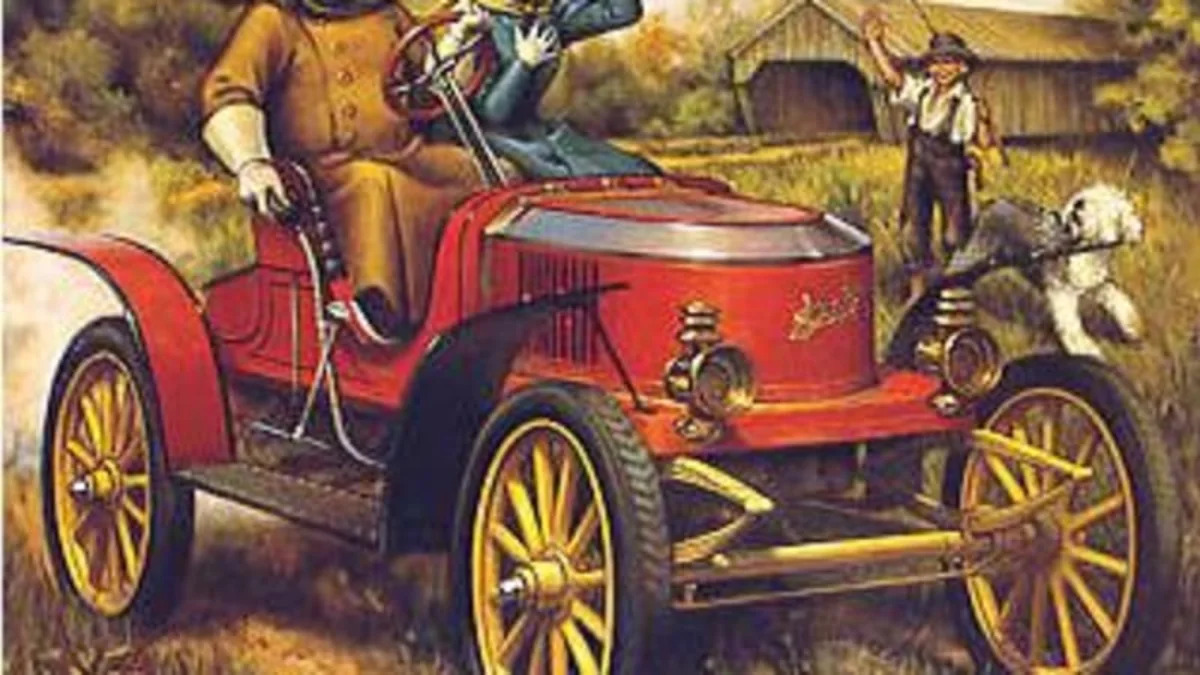Four out of five automotive experts agree: We must do something to stop impacting our environment due to our driving habits. (Alright, fine, I made that statistic up.) What they disagree about is how to do it. I thought that sharing some history about how we got to the point we are at might interest some, and provide some insight as to how to get better. This series of articles is not intended to be a complete lesson of all past automotive technologies and achievements; rather, it is just to get an overview of what has been tried, how well it worked and how it may be used in the future. The first article will deal with steam engines and electric motors. Following articles will deal with the different variations of internal combustion. We will visit electric motors and battery systems later in the series. I know that history class was not always the most interesting, so if you just want to know what it means to us now, there is an interesting little story on BMW hybrids to check out at the end ... maybe not the kind you were expecting.
Read the rest after the jump.
The first engines in the world were powered by steam. In 1698, English engineer Thomas Savery used designs from Denis Papin, a French physicist, to build the world's first steam engine. Later, Savery partnered with Thomas Newcomen to develop engines that were practical enough to do real work. An upgraded version of this engine design was not made until 1769, by James Watt. These engines worked well enough that Watt was able to make a business out of producing them for use in industry. Later, higher pressures led to more power, but also the tendency for the boilers to explode ... which is bad. To many, 1769's invention of the "steam wagon", by Nicolas-Joseph Cugnot was the first automobile. It was not until 1899; however, with the introduction of the Runabout by the Locomobile Company that steam-powered cars became popular. These cars used engines leased from the Stanley Steamer company – perhaps the most well known of the steam car manufacturers. In 1906, a new land speed record of 127 mph was set by a Stanley Steamer.
It was in 1821 that Michael Faraday patented the electric motor . Companies such as Detroit Electric started making electric cars in the early 1900s. They were rather popular and convenient for city use. Ironically, it was the electric motor itself that ultimately caused many manufactures to focus on engines powered by gasoline. This is because the introduction of the electric starter, which meant it was no longer necessary to crank your gasoline engine to start it. Electric motors are making a bit of a comeback with hybrid vehicles and new vehicles such as the Tesla Roadster and the Electrum Spyder.
Some may be surprised to find that steam power is far from gone. In fact, about 86 percent of the electric energy in the world is provided by steam; in the form of the steam turbine engine with heat either coming from fossil fuels or nuclear power. So, you could say that most electric cars are powered by steam, or alternatively, by nuclear power or by petroleum based fuels. Obviously, the way around that is to use solar, wind, or some other natural generator of electricity, which many have been doing successfully.
BMW has also begun considering using steam to add additional power to their fossil fueled cars, making them gas/steam hybrids. The system they are developing uses heat from the exhaust to power two separate steam engines hooked to the crankshaft of the gasoline engine. They believe this could be more efficient than the battery powered hybrid electric vehicles currently on the market.


Sign in to post
Please sign in to leave a comment.
Continue